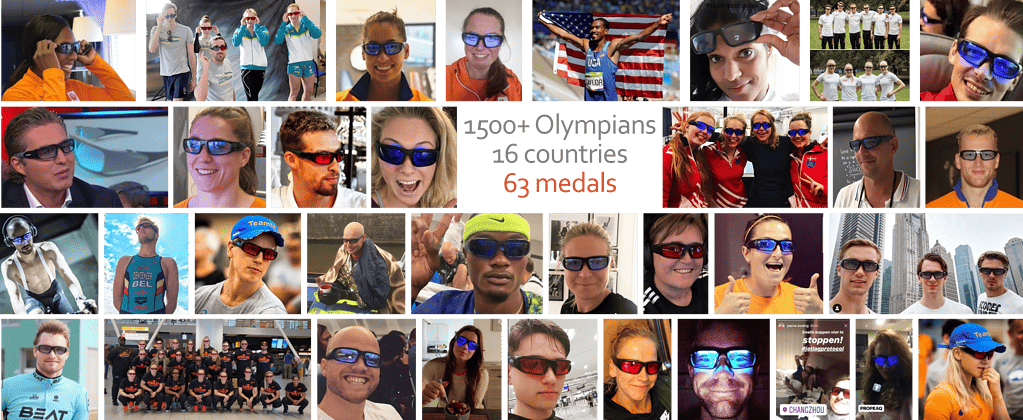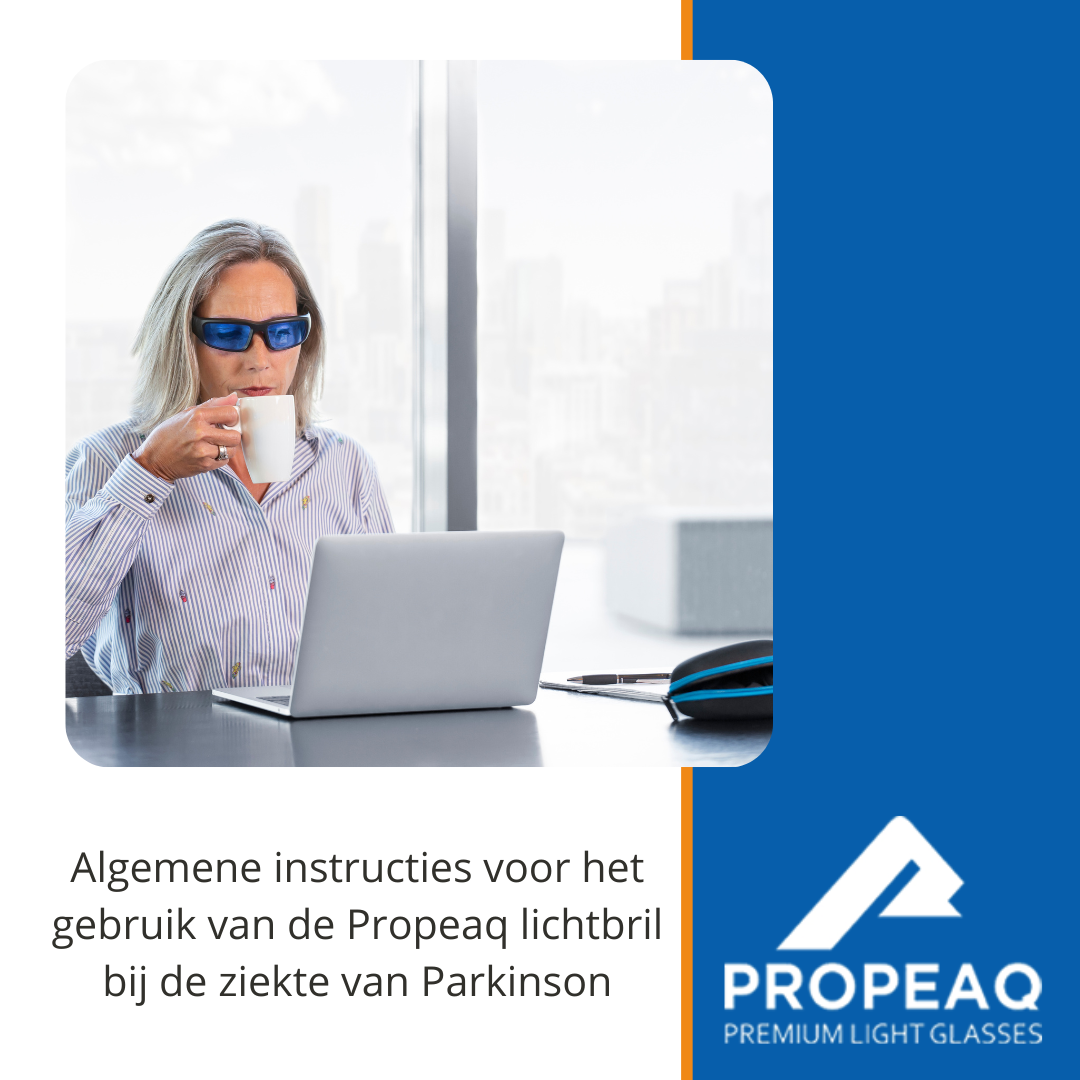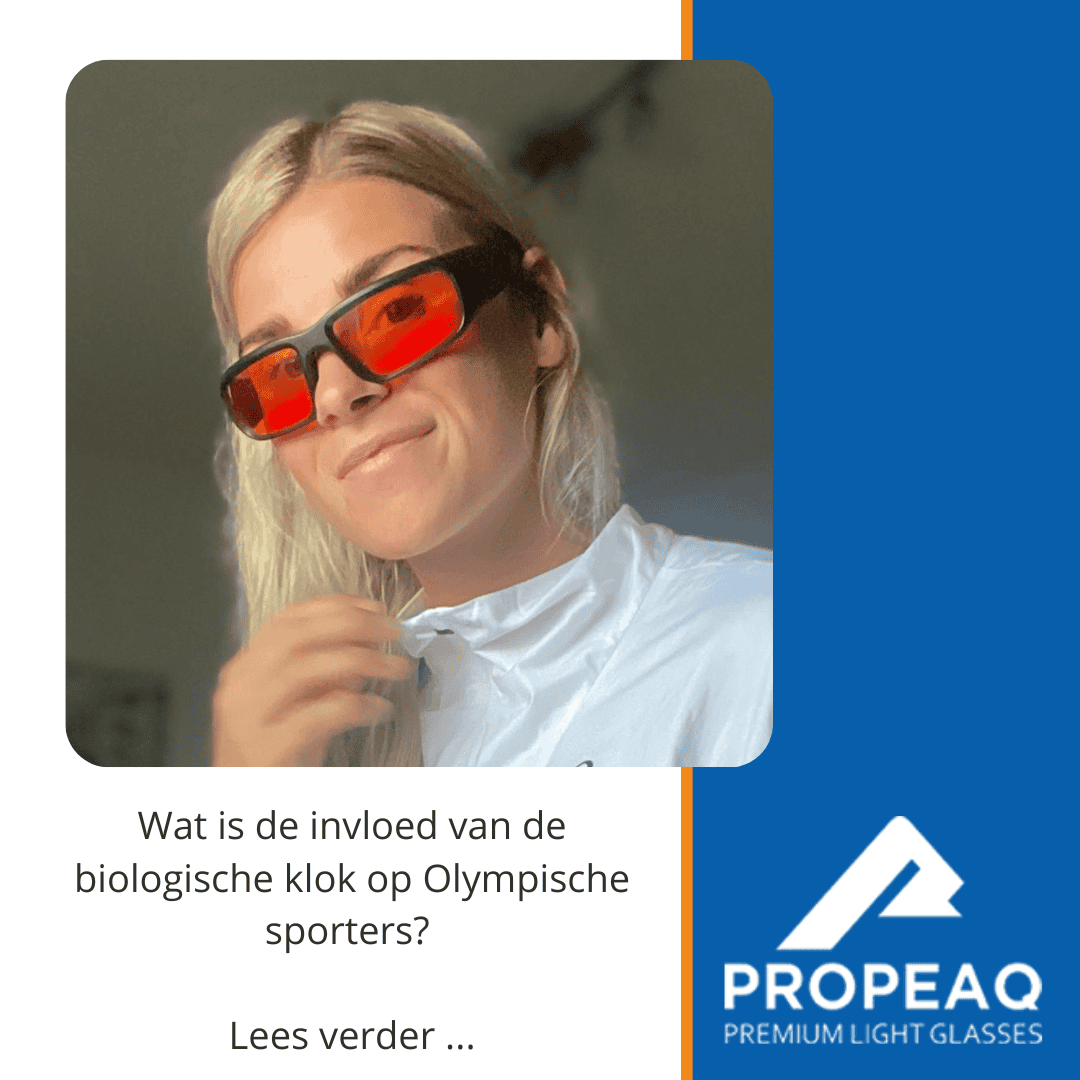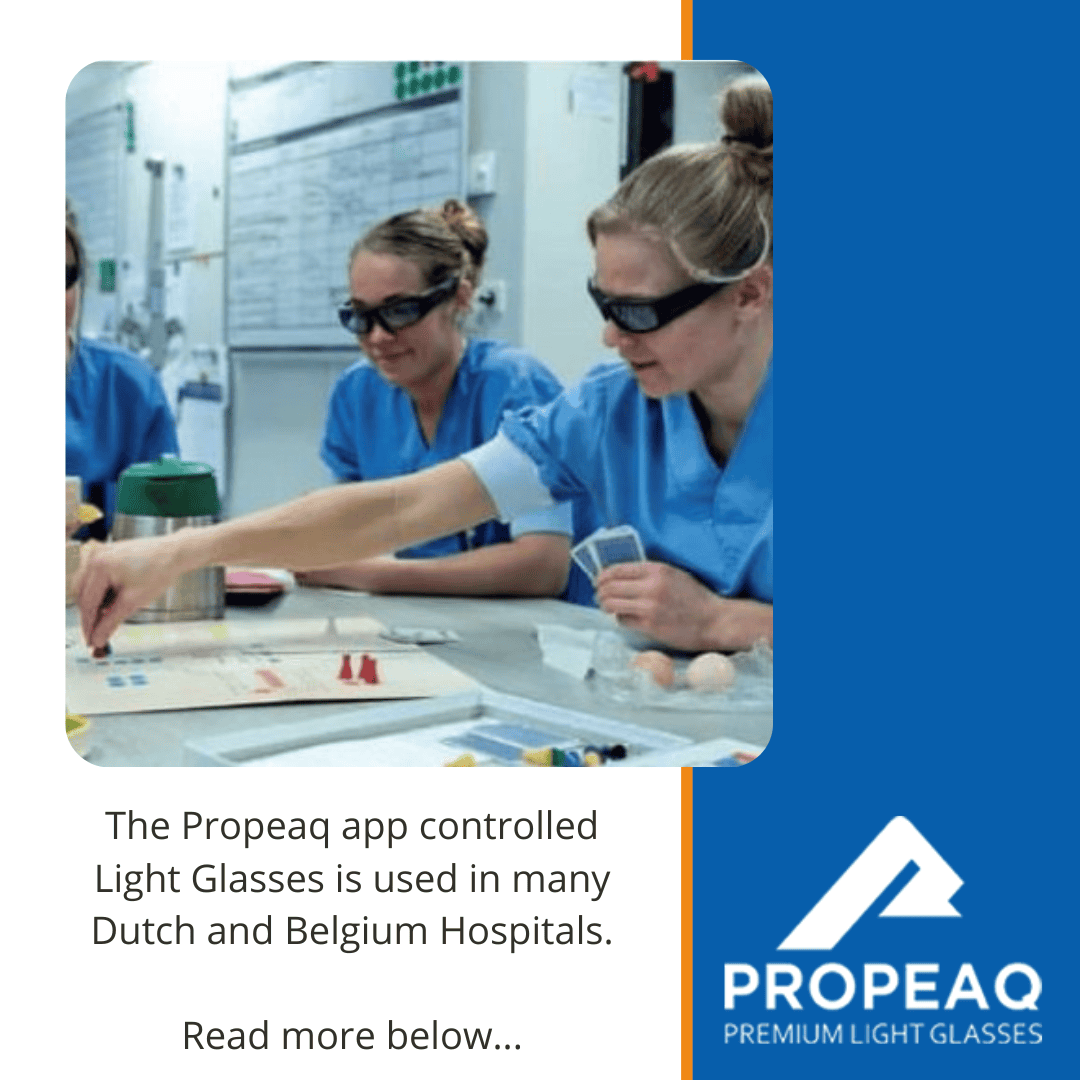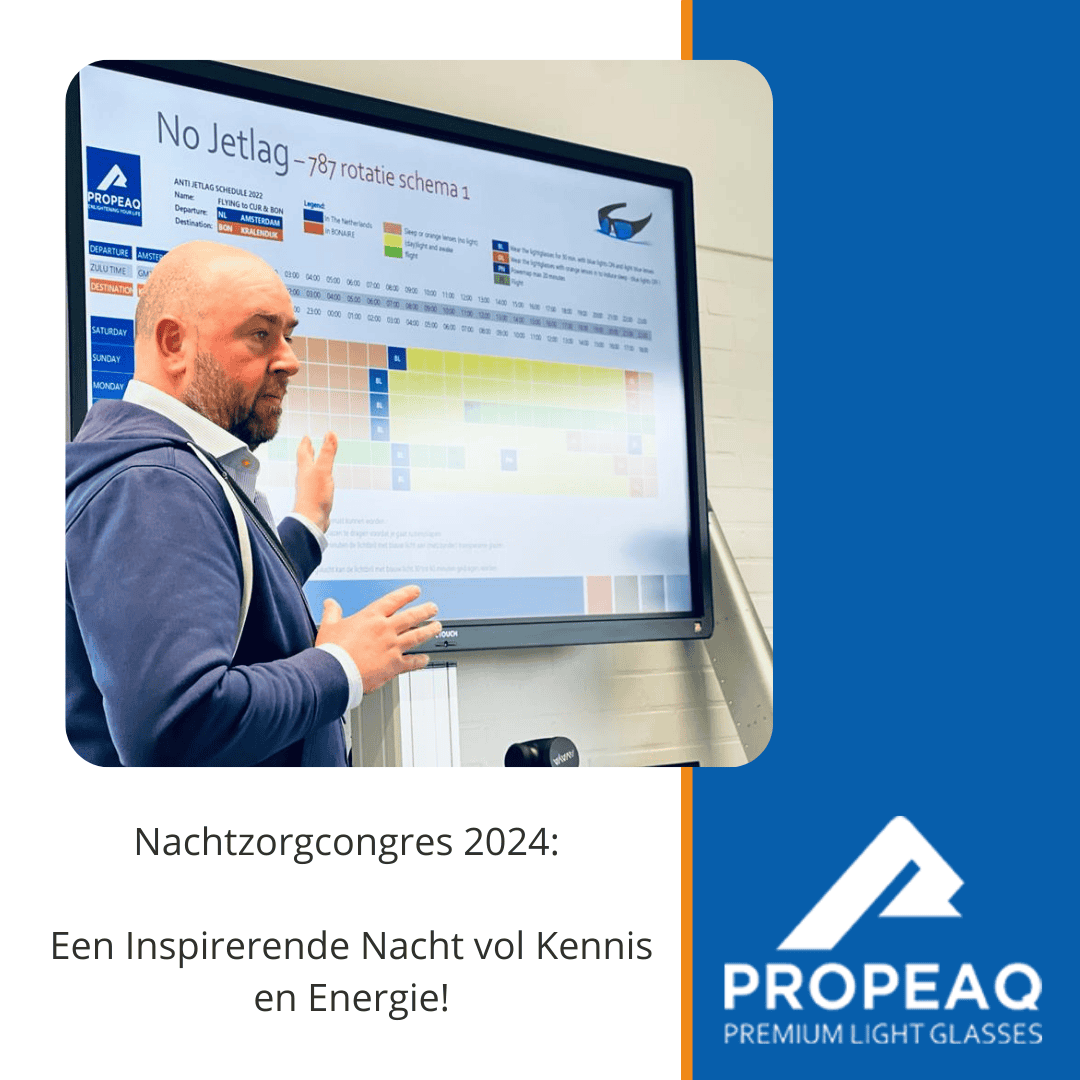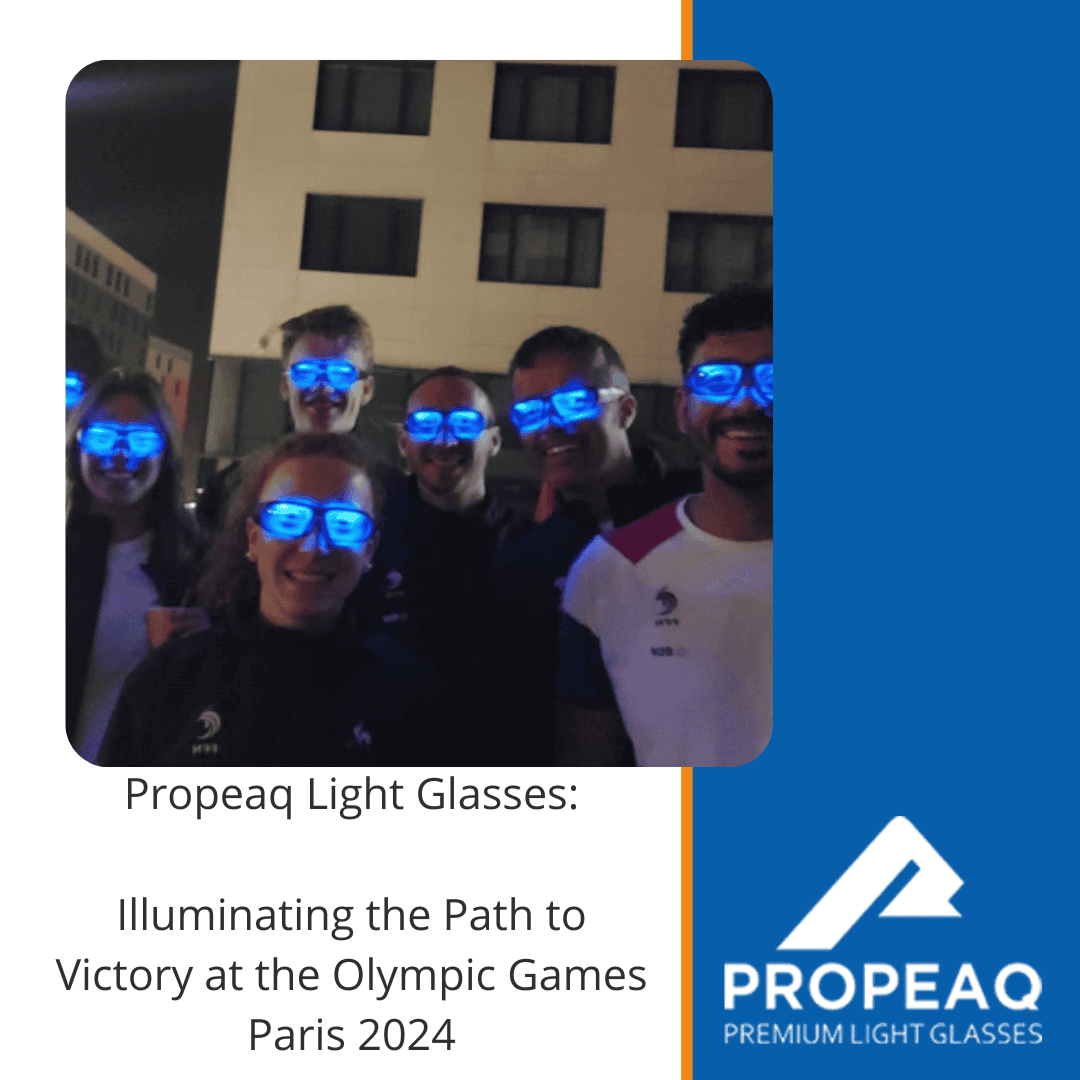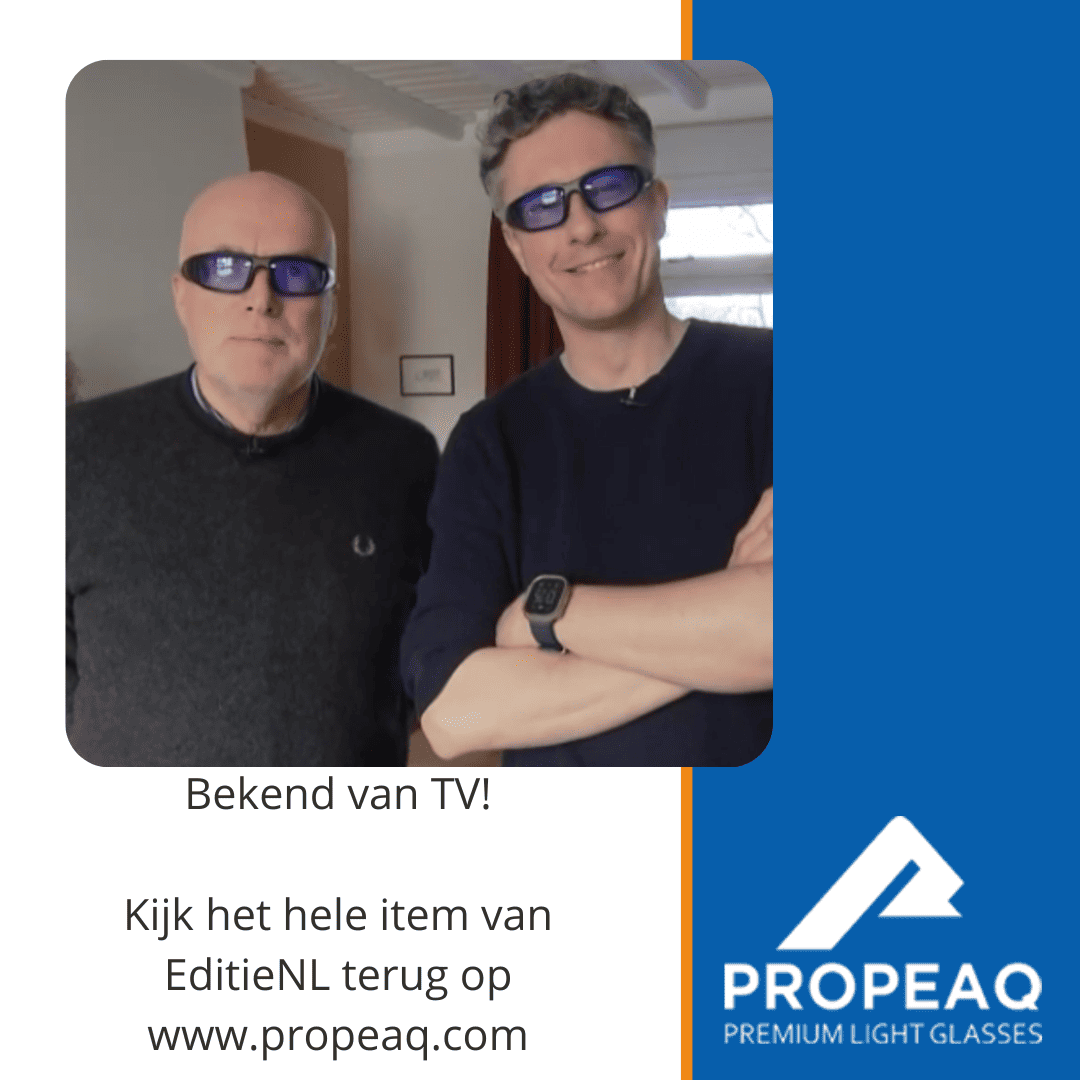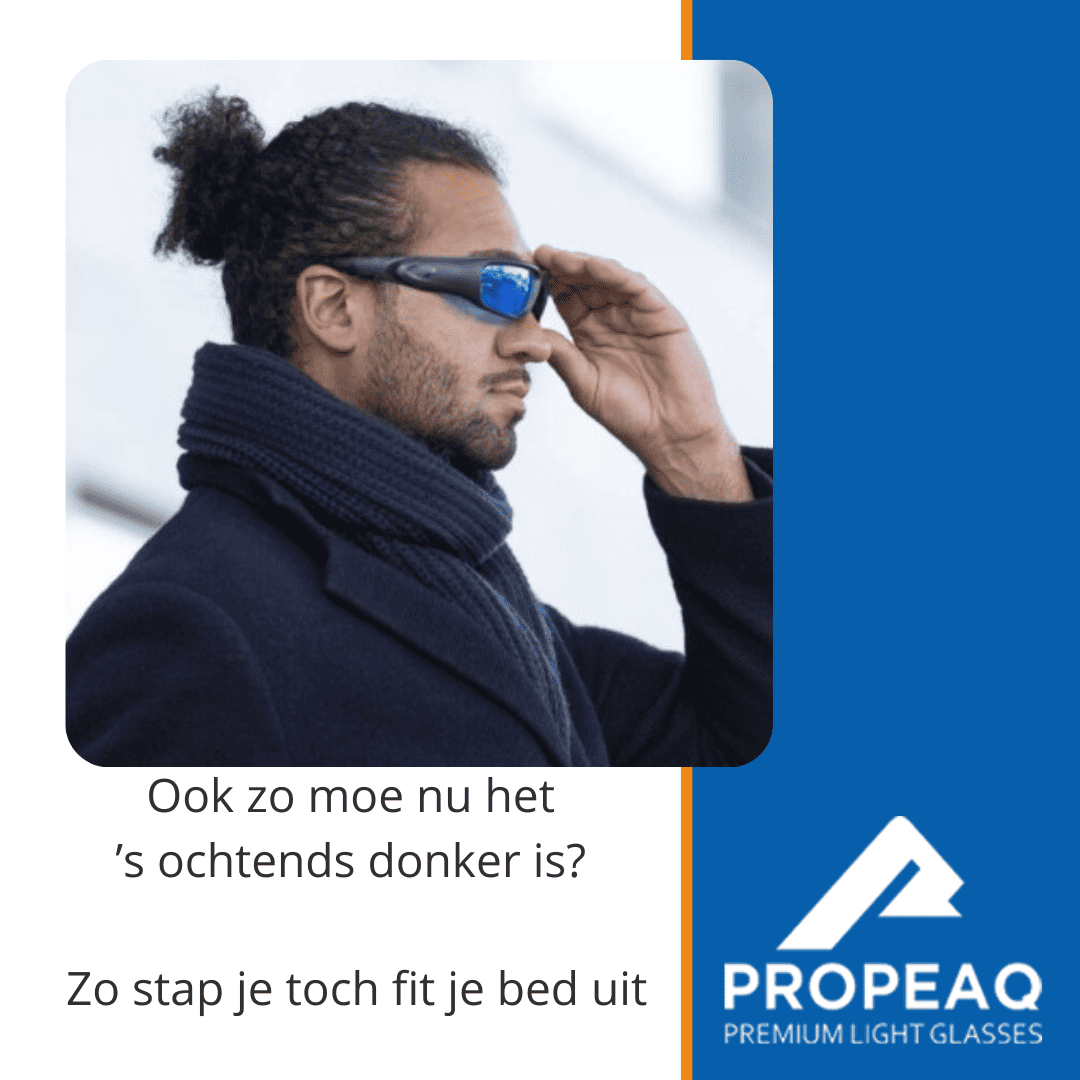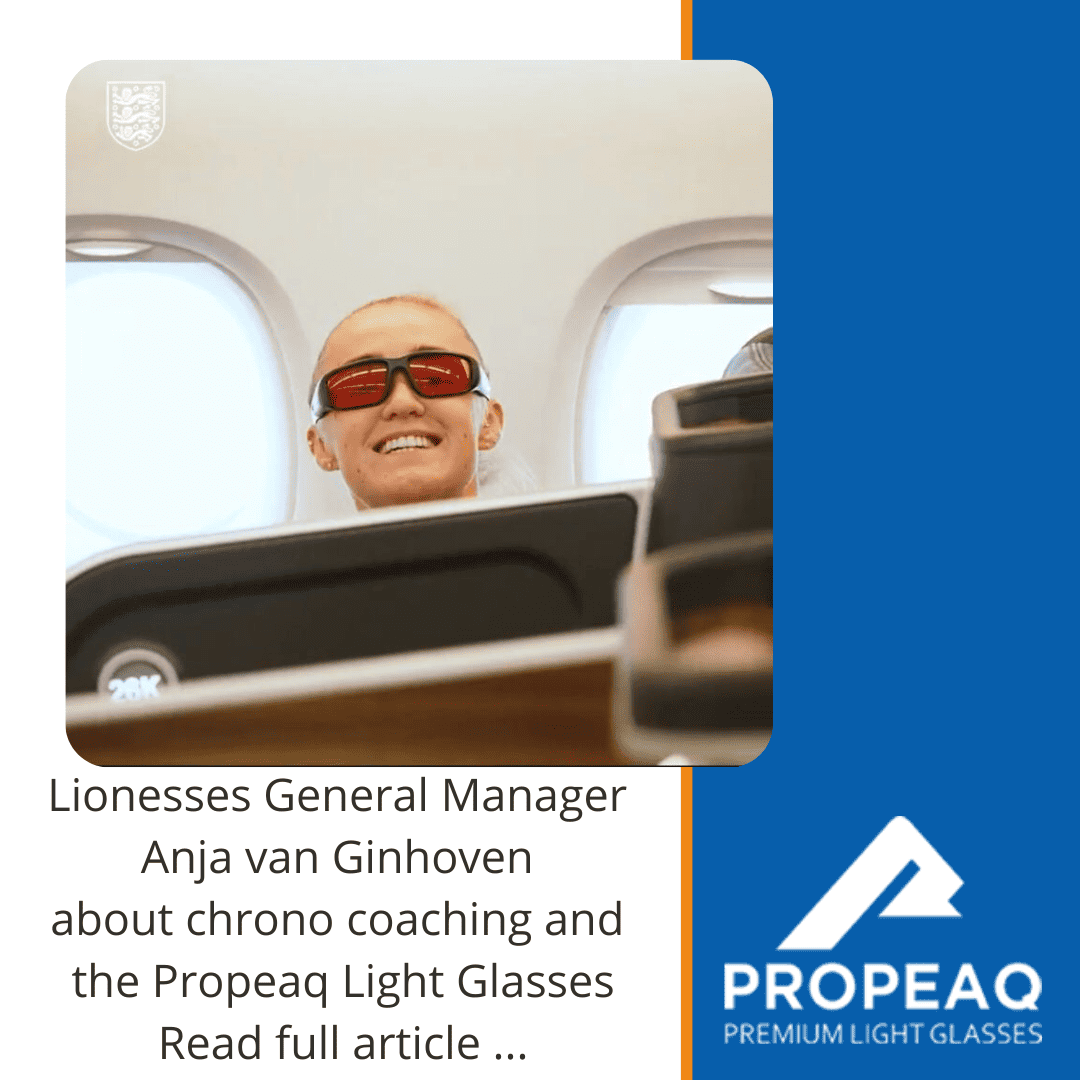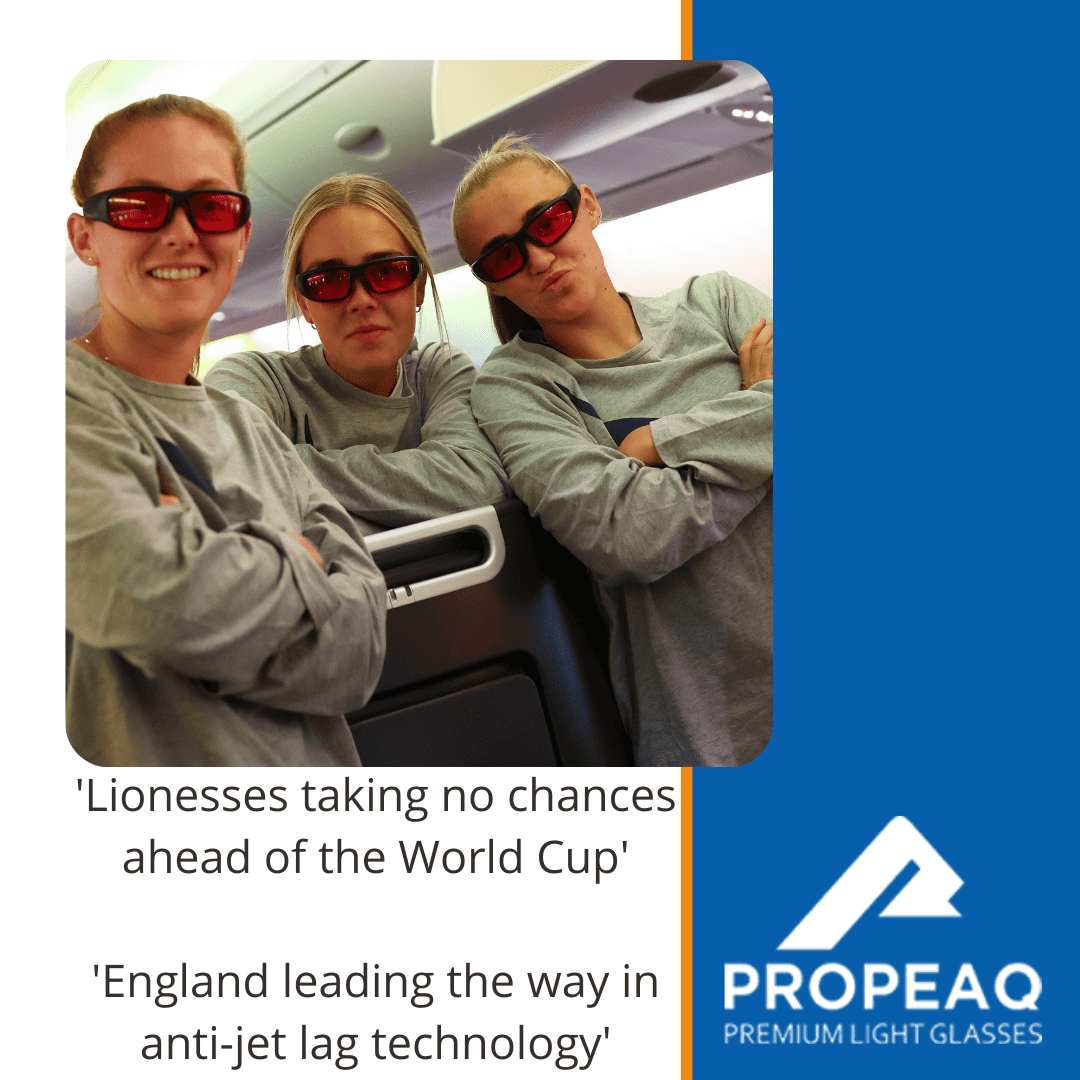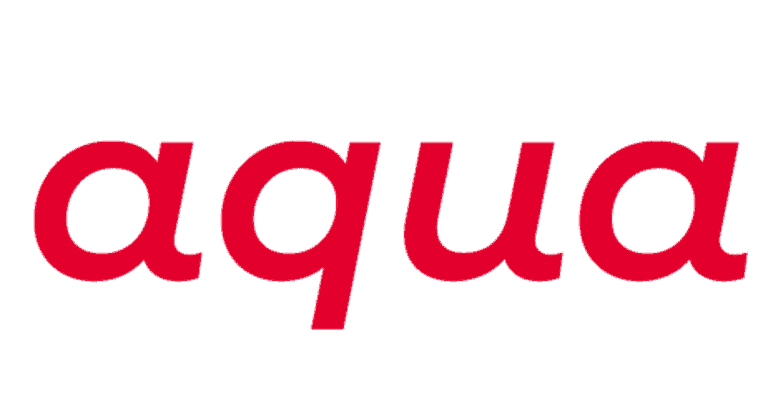
In sport, good management of jet lag is crucial to maintaining your top performance abroad. Light therapy and chronocoaching are among the simplest and most effective tools to recover efficiently while travelling. Exclusive interview with Markus Buck, Head of Elite Sports at Swiss Aquatics, on his return from Melbourne, where the World short course Swimming Championships were held from 13 to 18 December 2022.
The importance of managing jet lag
Reporter (REP): In your career, you have accompanied many athletes and coaches on their way to international competitions. What importance is given to the prevention of jet lag in the preparation of an athlete to aim for the best performance?

The importance of managing jet lag
REP: You recently tested light therapy and sleep goggles to adjust the biological rhythms of the Swiss Aquatics team athletes on their way to the World Swimming Championships in Melbourne. How did these tools help the athletes in their preparation?
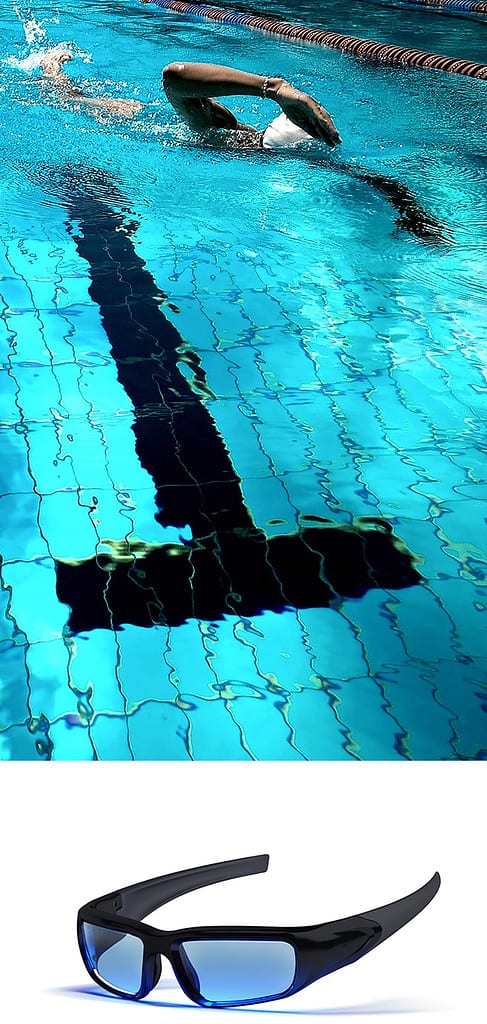
And finally, the great thing is that through collaboration, athletes and coaches are learning more and more about what to do and how to do it, in order to adapt as quickly as possible and in the best possible way – they are becoming “jet lag experts”!
Observed benefits
REP: What benefits did you observe in Melbourne, compared to previous trips so far from Switzerland?
MB: In Melbourne, where there is a 10-hour time difference with Switzerland, the speed of adaptation was impressive – especially when considering that the journey alone took almost 24 hours and was extremely demanding. Within 5-6 days, all the athletes adapted and recovered their full work capacity, but also their ability to recover.
Effects on peak performance
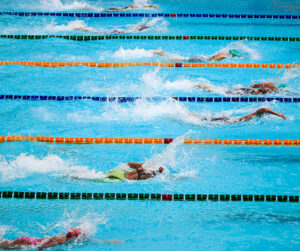
MB: For the Tokyo Olympics, we tried to do this because the finals were in the morning, which is unusual for us, and the heats were the night before. We were very happy with our results. But to obtain scientifically valid proof, we would need to be able to test the same competition times once without being hampered by the time difference. This possibility has never existed before and will probably not exist in the foreseeable future.
One simple and attractive tool
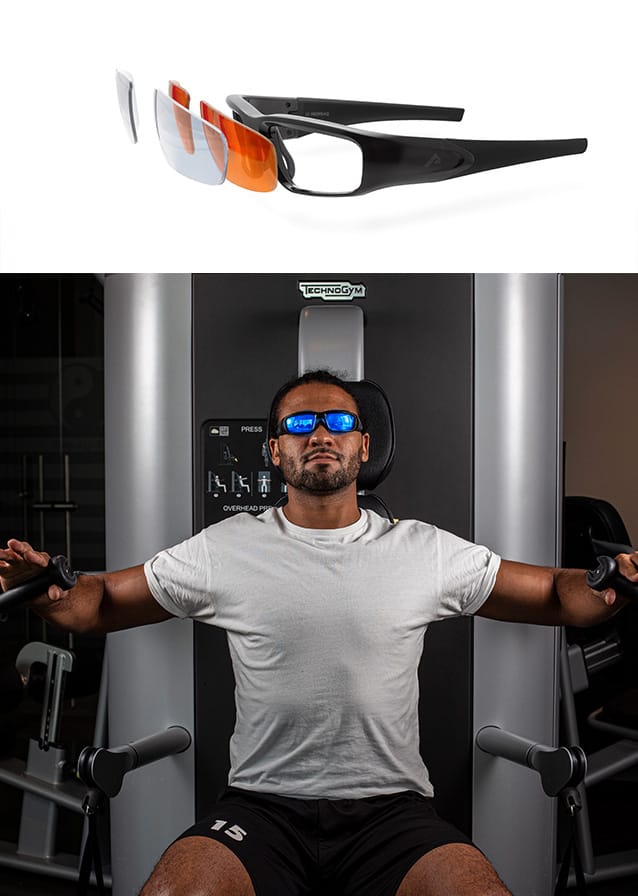
MB: The chronoprofiles are individualized and, together with the light therapy glasses, certainly represent the smallest intervention in habits compared to other options. This convinced the athletes right from the start. In addition, the cooperation with the time-shift experts is very professional. First there is a general training and then there are individual discussions. The light therapy glasses look good and athletes think it’s cool to wear them. There are many testimonials from top international athletes who have used the concept successfully, which is also convincing. In the meantime, we have had several very successful experiences ourselves. That’s why it’s now easy for us to integrate new athletes or to use these tools with established athletes.
When to plan an anti-jet lag program
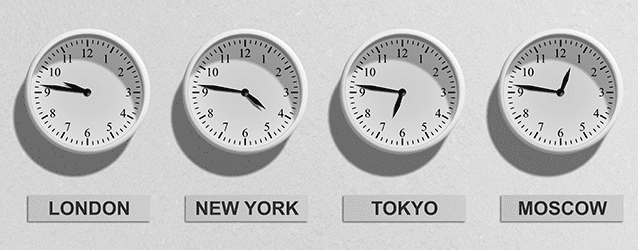
Many factors will influence the severity of the symptoms and determine the need or not to plan a personalized anti jet lag program: flight schedule and stopovers, direction of travel, length of stay at the destination, chronotype, or the level and schedule of performance expected on site. In high-level competition, all these factors are considered to develop an effective light therapy and sleep schedule.
Your next flight without jet lag
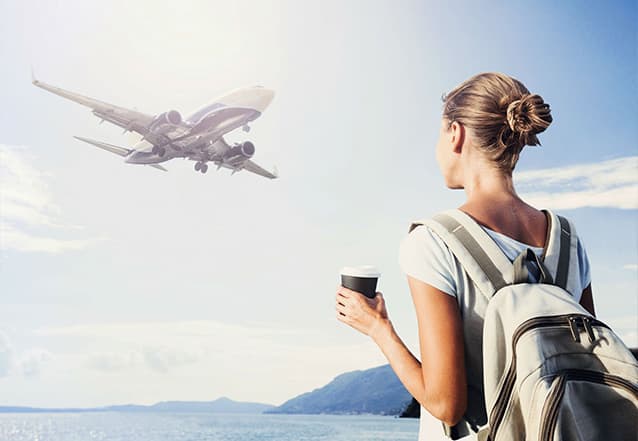
Source: Medi Lum
